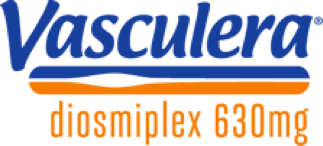The Chronic Diseases Our Products Manage
Atopic Dermatitis
Atopic dermatitis (AD) is a common, often chronic skin disorder that is characterized by areas of severe itching, redness, and scaling and often appears as a rash normally on the cheeks, arms and legs. The most common form of atopic dermatitis is eczema. Symptoms of atopic dermatitis include:
- Dry, scaly skin
- Redness and rash
- Itching
- Cracks behind ears or on fingers
AD is common in children, but can occur at any age and currently affects more than 18 million U.S. adults. Atopic dermatitis is long lasting (chronic) and tends to flare periodically.
The exact cause of atopic dermatitis is unknown; however, experts believe that a combination of genetics and other factors are involved.

EpiCeram® is a prescription-only topical skin-barrier-repair product for the treatment of atopic dermatitis.


